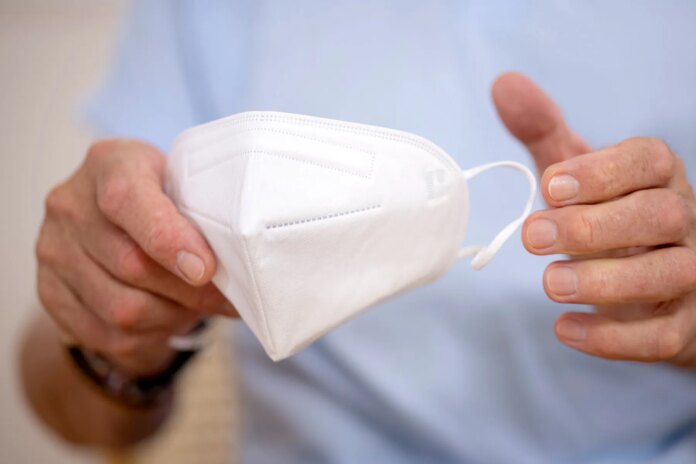Feb. 23, 2024 – Is shorter better? Or just more practical? The CDC is reportedly going to cut its COVID-19 isolation recommendations down from 5 days to 24 hours starting in April.
The agency appears to be walking a fine line between reducing COVID transmission, including the JN.1 variant, and the reality that many people struggle to forgo work or school for days at a time.
The agency is expected to recommend 24 hours on two conditions: as long as a person remains fever-free for 24 hours and their symptoms are mild and improving. But where does this leave those at higher risk for more serious COVID outcomes? Why wait until April? And has the science around COVID changed, or just our behavior?
We turned to some experts for answers.
It remains to be seen if people are more likely to isolate for 24 hours or if that will send an unintended message about COVID severity.
“That’s my worry, that people will no longer take isolation seriously if it’s so short,” said Purvi Parikh, MD, an immunologist with the Allergy & Asthma Network, a nonprofit advocacy group for people with these conditions based in Fairfax, VA.
Eyal Oren, PhD, a professor of epidemiology at San Diego State University School of Public Health, said, “The science around COVID really hasn’t changed. COVID is just as contagious, and you could even argue the JN.1 variant is more contagious,” he said
One danger is people will interpret the change to mean COVID is less serious, he said. It could create the mistaken impression that “something changed all of a sudden.”
Also, hinging isolation on fever may not make sense in every case. You can be contagious even 24 hours without a fever, said Parikh, who is also a clinical assistant professor in the departments of Medicine and Pediatrics at New York University Langone School of Medicine in New York City.
Someone who tests positive for COVID is still likely to be infectious beyond 5 days, Oren said.
“We are still seeing around 1,500 COVID deaths a week from COVID in the United Sates. This is still a virus that hospitalizes and kills many more people than the flu,” he said. COVID is “not as bad as it was, but 1,500 people a week – or more than 200 a day – is a lot.”
If the CDC does move forward with the recommendation, Bruce Farber, MD, chief public health and epidemiology officer at Northwell Health in New York, hopes they will stay flexible because COVID is unpredictable. “If the situation changes and there is a big peak in the fall … this should be rethought.”
The move “ignores the increased risk this change will have for the most vulnerable,” said Brian Koffman, MDCM. He was diagnosed with the blood cancer chronic lymphocytic leukemia (CLL) in 2005 and counts himself among the nearly 7% of people with impaired immunity.
“These changes will reinforce the need for me and others immunocompromised to continue avoiding crowds, mask indoors, and practice careful hand hygiene,” he said. “It will make restaurant visits and other indoor events even higher risk.”
“Many – myself included – will consider the risk prohibitive and choose to stay home.”
Shielding these higher-risk populations from COVID can help reduce the risk for the larger population, Koffman said. “We have clear evidence that it is often in the infected immunocompromised where new variants arise, so protecting them protects everyone.”
A Matter of Timing
With many people testing for COVID at home and not reporting their results, it’s more challenging to get overall case and transmission numbers. But of those who do get officially tested, just under 10% are positive, the latest CDC COVID Tracker numbers reveal.
COVID is also not the only virus out there during this winter respiratory season, as RSV and the flu continue to get people sick.
The CDC may be pausing to get past any COVID surge associated with the winter months. “They’re waiting until April because the RSV season will be over, and more than likely the COVID numbers will be dramatically lower than during the winter months,” Farber said.
Also, the pandemic is not like it was 2 years ago, he said. “There is a lot of immunity out there to COVID.”
There is also the practical question of how many people with COVID symptoms or who test positive for COVID actually stay in isolation for 5 full days. Although “I don’t think anyone would argue that it’s not safer wearing a mask and being isolated for 5 days … the reality is most people are not following those rules,” Farber said.


